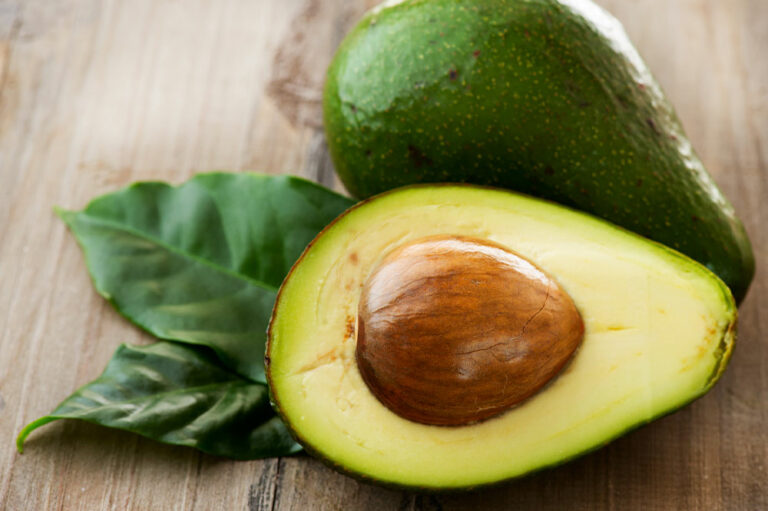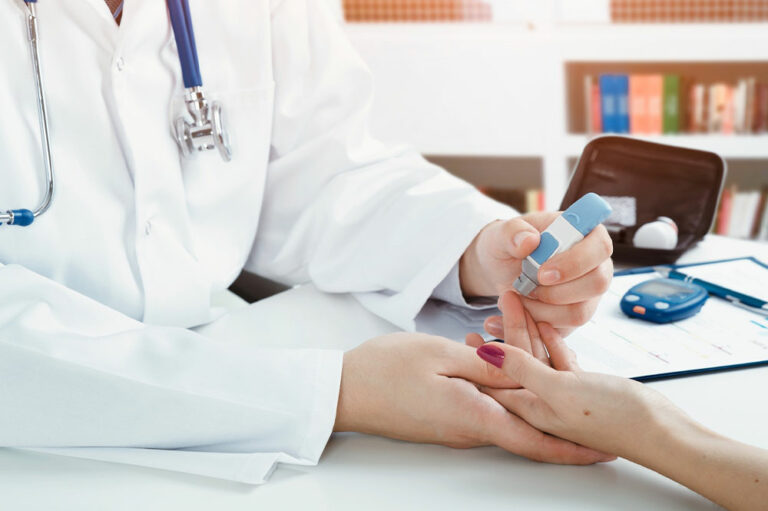
Health
11 unhealthy habits that damage the teeth
Living in a fast-paced life keeps one busy all the time. But this also results in several people falling prey to a few unhealthy habits, sometimes without realizing it. Some of these poor practices may have detrimental effects on the body, including oral health. And the damage caused to them could result in infections and even searing pain. Therefore, here are 11 unhealthy habits to avoid to improve the health of your teeth. Using teeth as a tool The teeth are necessary to chew foods so they can be digested easily. However, people tend to open tins and bottles or cut price tags with their canines and molars. Doing so puts the teeth at risk of accidental cracking or jaw injuries. Therefore, one must avoid this and use official tools handy instead. These include using a can opener, bottle opener, and scissors. Biting nails Many individuals are habitual of biting their nails subconsciously, especially when they are nervous. But biting the nails could result in the chipping of teeth and also impact the jaw. Furthermore, since the fingernails touch various objects throughout the day, they collect dust and bacteria. Therefore, biting nails could expose the mouth to such bacteria and result in gum disease.
Read More 





